You could be forgiven for thinking that Morgan didn’t produce a fixed-head car until relatively recently, with the introduction of the Aeromax in 2005. But that’s not the case, because back in the sixties this storied British car maker tried to offer something new and got its fingers badly burned – so much so it waited for the best part of half a century before it tried the same thing again.
Founded in 1909 as a maker of three-wheelers, Morgan introduced its first four-wheeler 25 years later. By the time the Plus 4 Plus was unveiled at the 1963 Earls Court Motor Show, Morgan had been building cars for more than half a century. They were all built using the same technique: an ash frame over which steel panels were attached. Until now all Morgans were also open-topped with only rudimentary weather protection, so when the glassfibre-bodied Plus 4 Plus was unveiled, Morgan purists were horrified.

Even within Morgan there was dissent. In the 1950s Peter Morgan had started to consider the possibility of Morgan producing a fully enclosed car, having seen what Lotus had done with the glassfibre-bodied Elite, Jaguar with its XK140/150 coupé, and MG with the A coupé. But his father and company founder Henry (HFS Morgan) wasn’t convinced; he reckoned that the benefits and durability of glassfibre were not proven. Knowing that the Morgan Plus 4 chassis was somewhat flexible, he was sure that the plastic bodywork would soon crack.
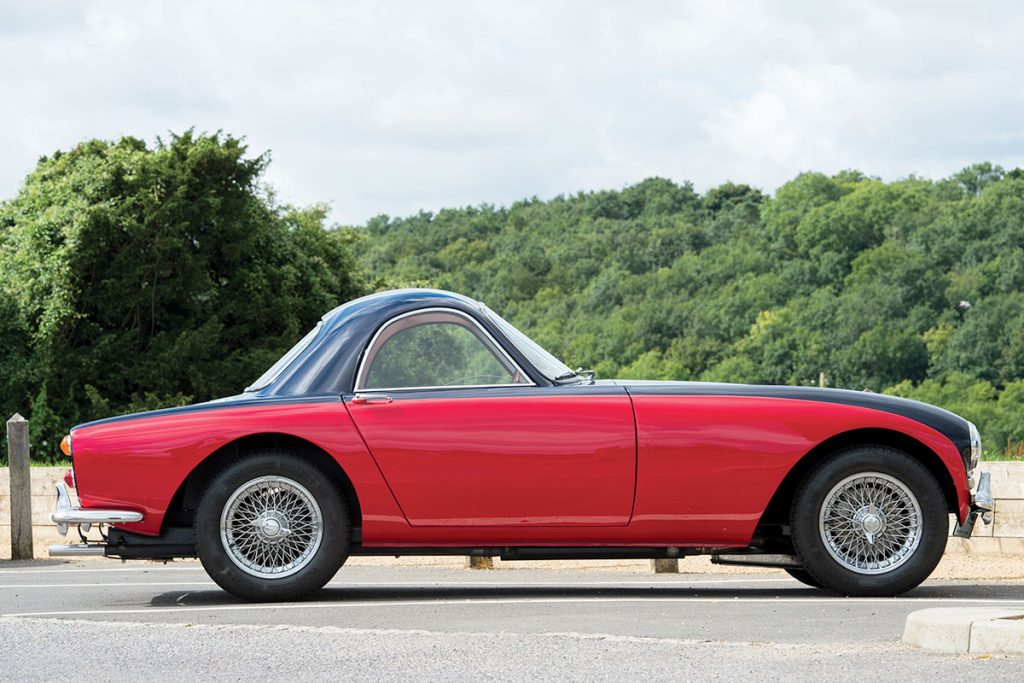
Peter and Henry couldn’t agree on whether or not to embrace this brave new world of plastic-bodied cars, but in 1959 Henry died, leaving his son to run the company. Within a couple of years Peter decided to go for it, and towards the end of 1962 he explored the possibility of an enclosed glassfibre-bodied Morgan with industry experts EB Plastics. This Staffordshire-based company was behind various Ford Pop-based bodyshells as well as the EB Debonair sports saloon, and it also made the cabs for Foden and ERF Trucks plus Austin-Parkinson electric vehicles, so it had a pretty good idea of working with plastics.
Reassured by the company’s experience, Peter Morgan commissioned EB Plastics to design and build a prototype fixed-head Morgan, to be based on the existing Plus 4 chassis. The oily bits had to be carried over wholesale, the Morgan family look had to be retained, and the front overhang had to be minimal.
John Edwards, EB Plastics founder, came up with some sketches for Peter Morgan, who reckoned that they hit the spot perfectly. The only chassis change needed would be a pair of sheet steel extensions that bolted either side of the engine, linking the front suspension to the bulkhead, resulting in a much sturdier structure that reduced the chances of the bodyshell cracking. Next step was to create a scale model, and with Peter Morgan happy that things were moving in the right direction, EB Plastics set about building a running prototype on a Morgan-supplied Plus 4 chassis; all production cars would be made in Morgan’s Malvern factory though, with the bodyshells shipped in.
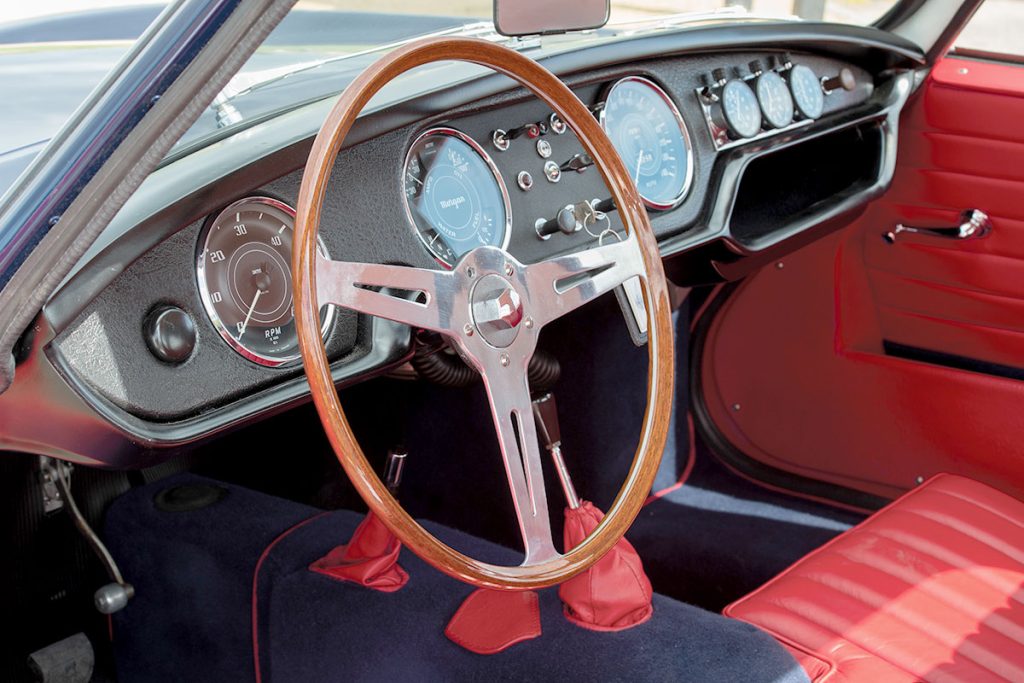
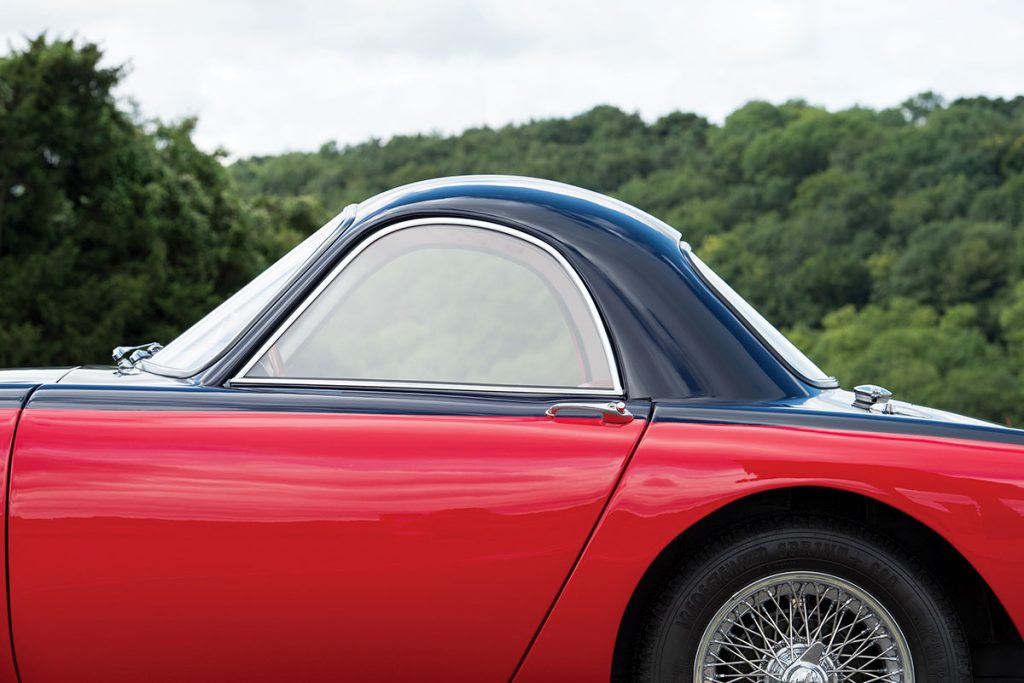
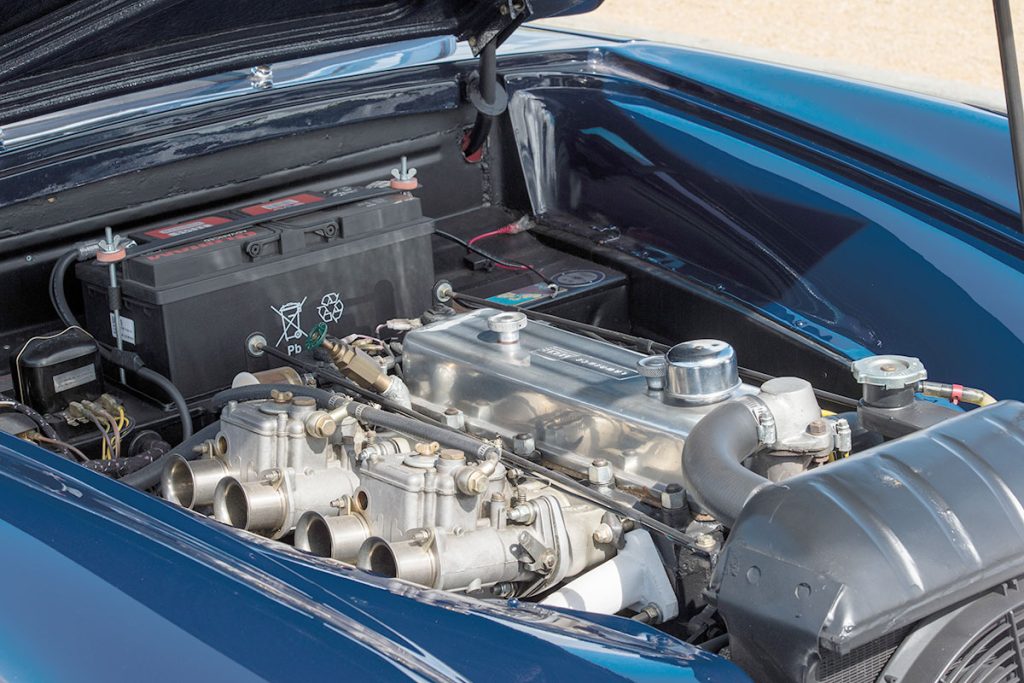
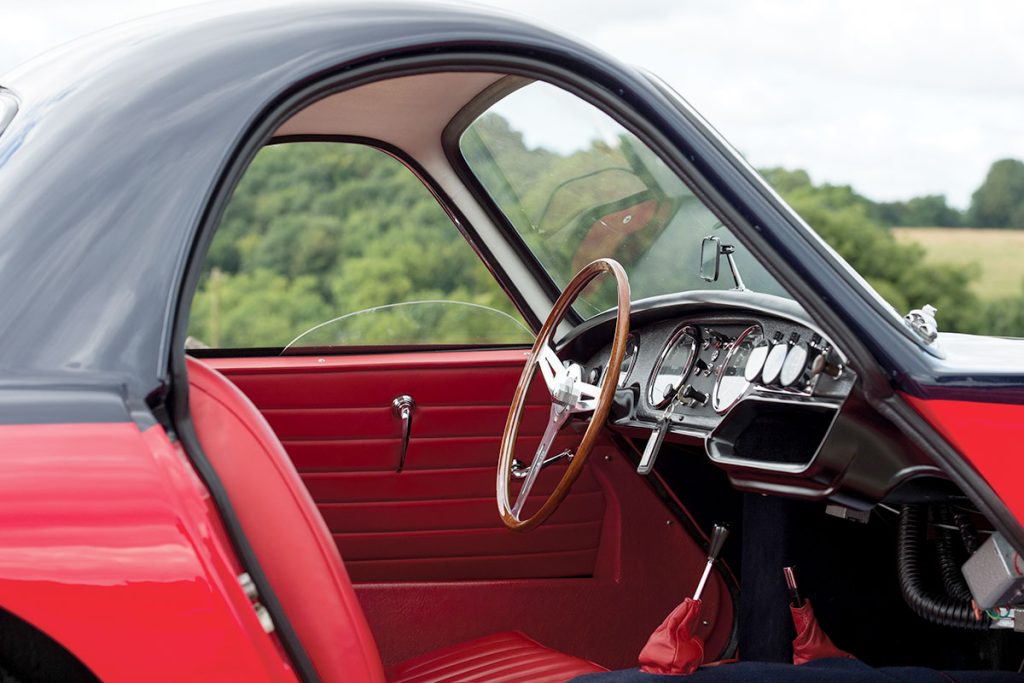
By March 1963 the prototype was complete and Peter Morgan immediately embarked on a road trip with his wife, taking in France and Spain. The extra-stiff front end showed up the unforgiving nature of the Plus 4’s suspension, but other than that the car acquitted itself pretty admirably. John Bolster, technical editor of Autosport, was certainly impressed: ‘In a veritable cloudburst, I drove along Ross Spur in sheets of spray, reaching 105mph. The famous controllability of the Morgan was fully in evidence, fast curves being taken at speed in complete confidence.’ Such positivity was typical of the press coverage, with reviews citing the car’s excellent build quality.
Despite rave reviews, the Plus 4 Plus was unveiled to gasps of horror at the October 1963 motor show, priced at £1275. With the regular Plus 4 costing just £816, potential buyers reckoned that was a hefty premium to pay for something they considered ugly, even if it was £347 less than Lotus’s rather more sophisticated Elite. Peter Morgan later disclosed that he only ever intended to make and sell 50 examples of the Plus 4 Plus, and the pricing reflected that. Unfortunately for him, 50 copies was rather optimistic…
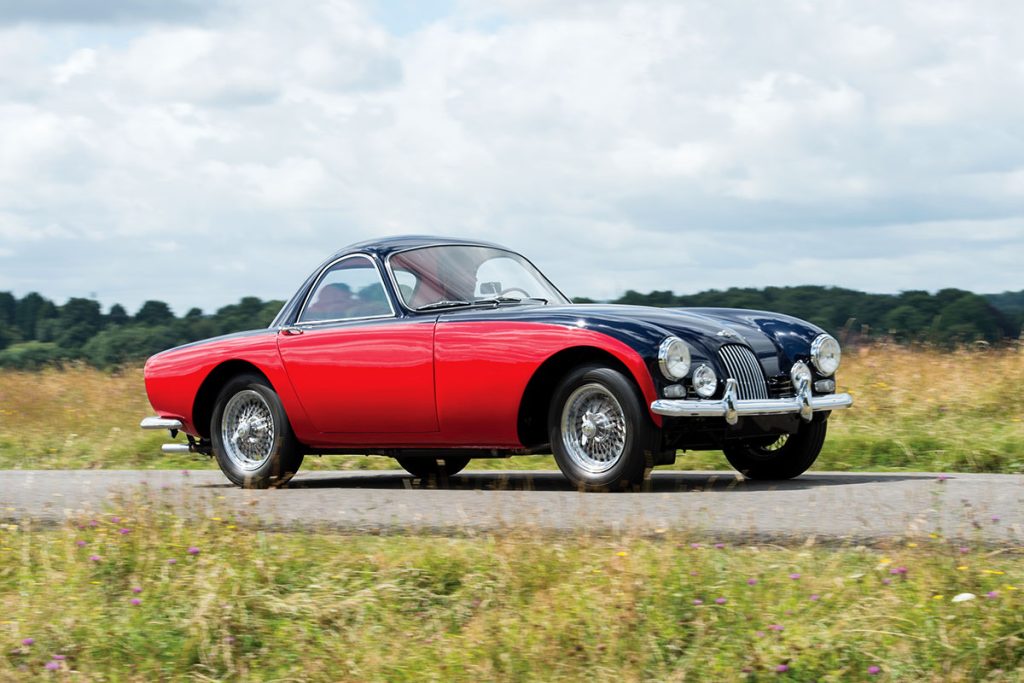
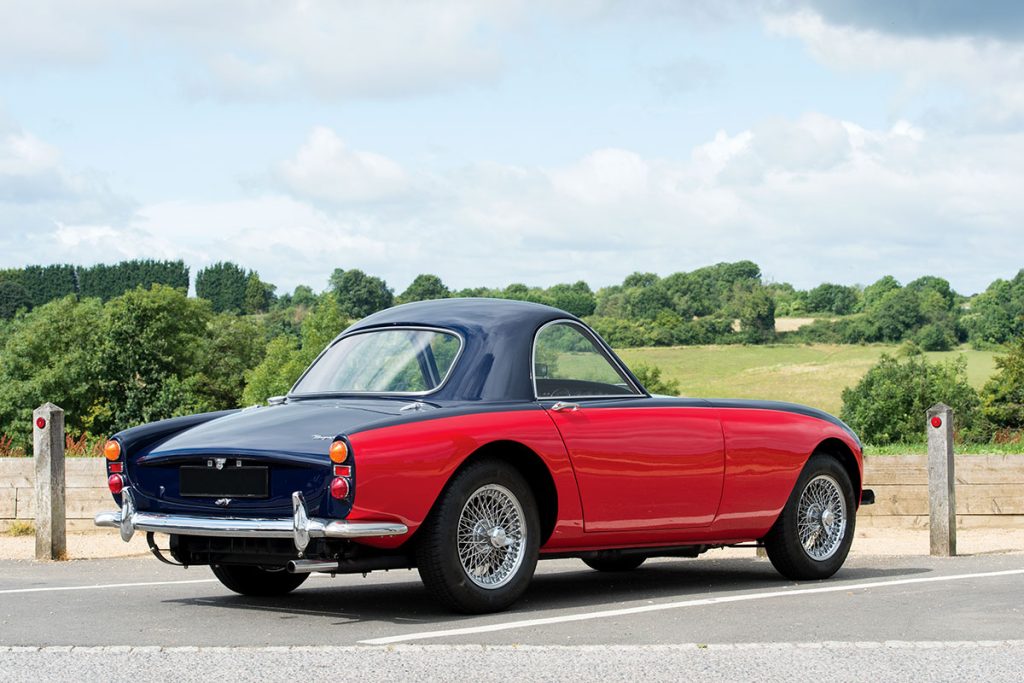
In a bid to prove the Plus 4 Plus’s worth, Peter Morgan set about racing and rallying the prototype. He and the car performed well and by 1966 it had notched up 50,000 miles, but the Plus 4 Plus’s awkward proportions and the fact that it broke with tradition, meant that it was never going to fly. Over the next four years just 26 examples were made before Morgan cut its losses and struck the Plus 4 Plus from its price list. It would be more than 40 years before the company offered another fixed-head model again, and even then it was only on a limited basis.
Check out the Hagerty Media homepage for daily news, features, interviews and buying guides, or better still, bookmark it. Or sign up for stories straight to your inbox, and subscribe to our newsletter.
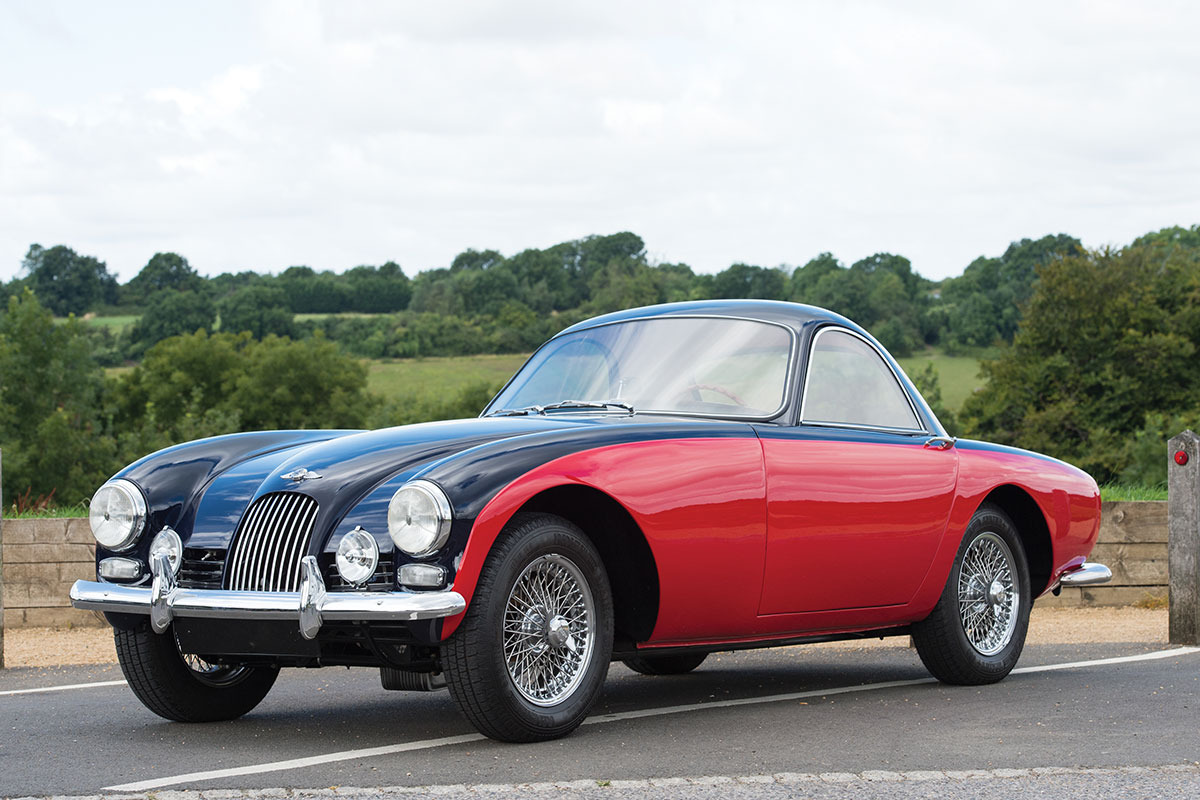
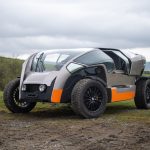
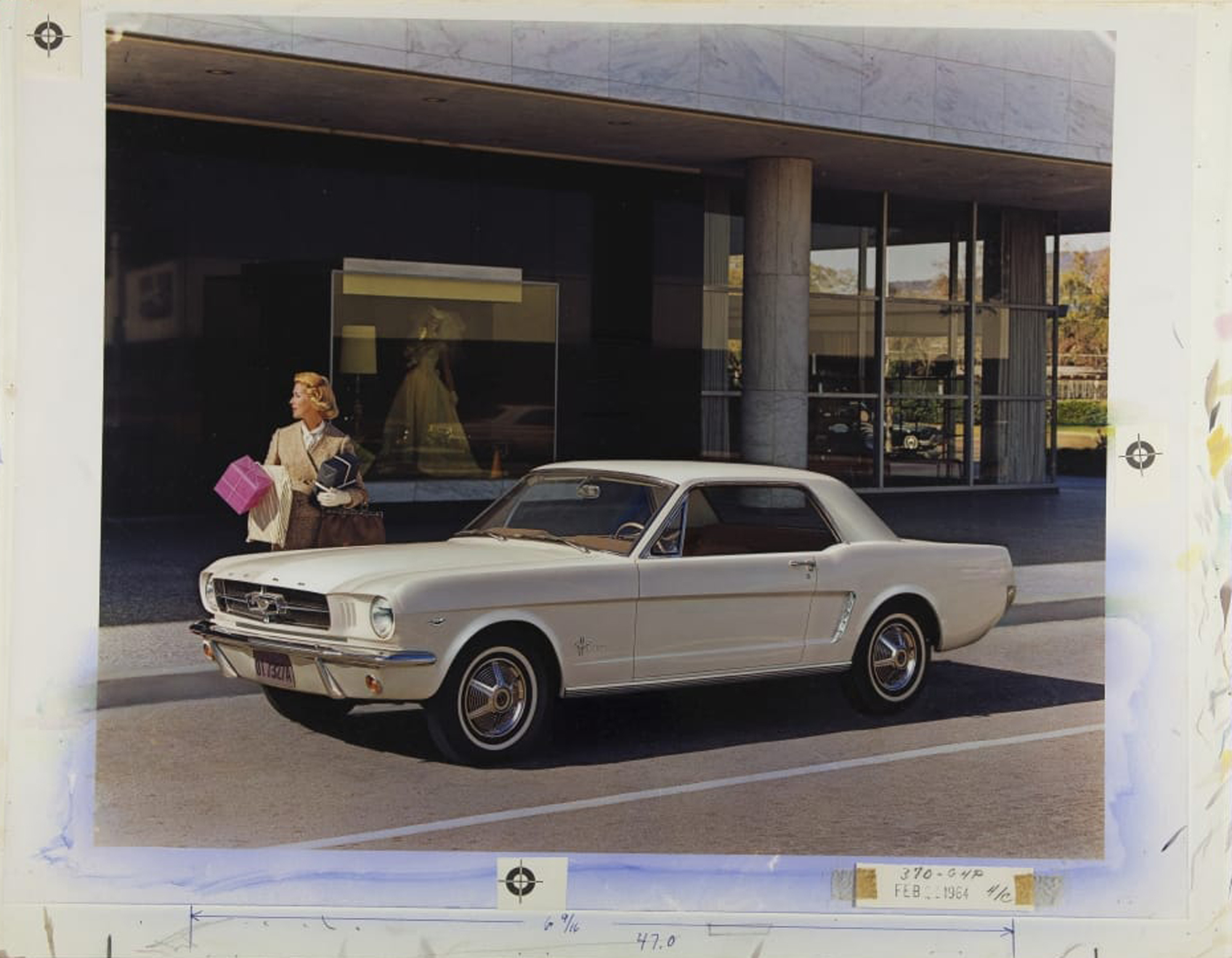
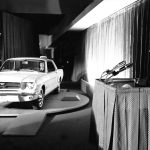

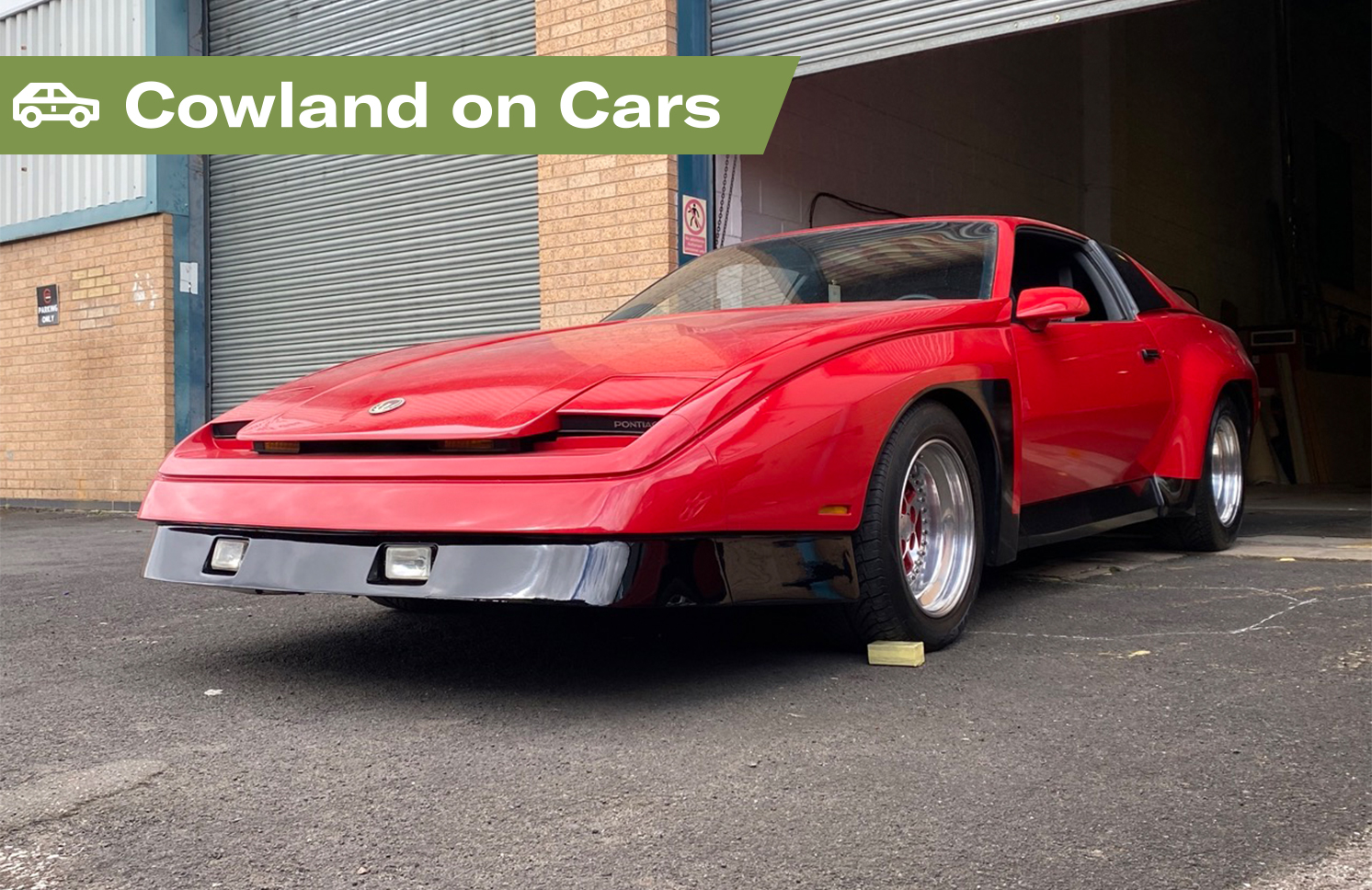


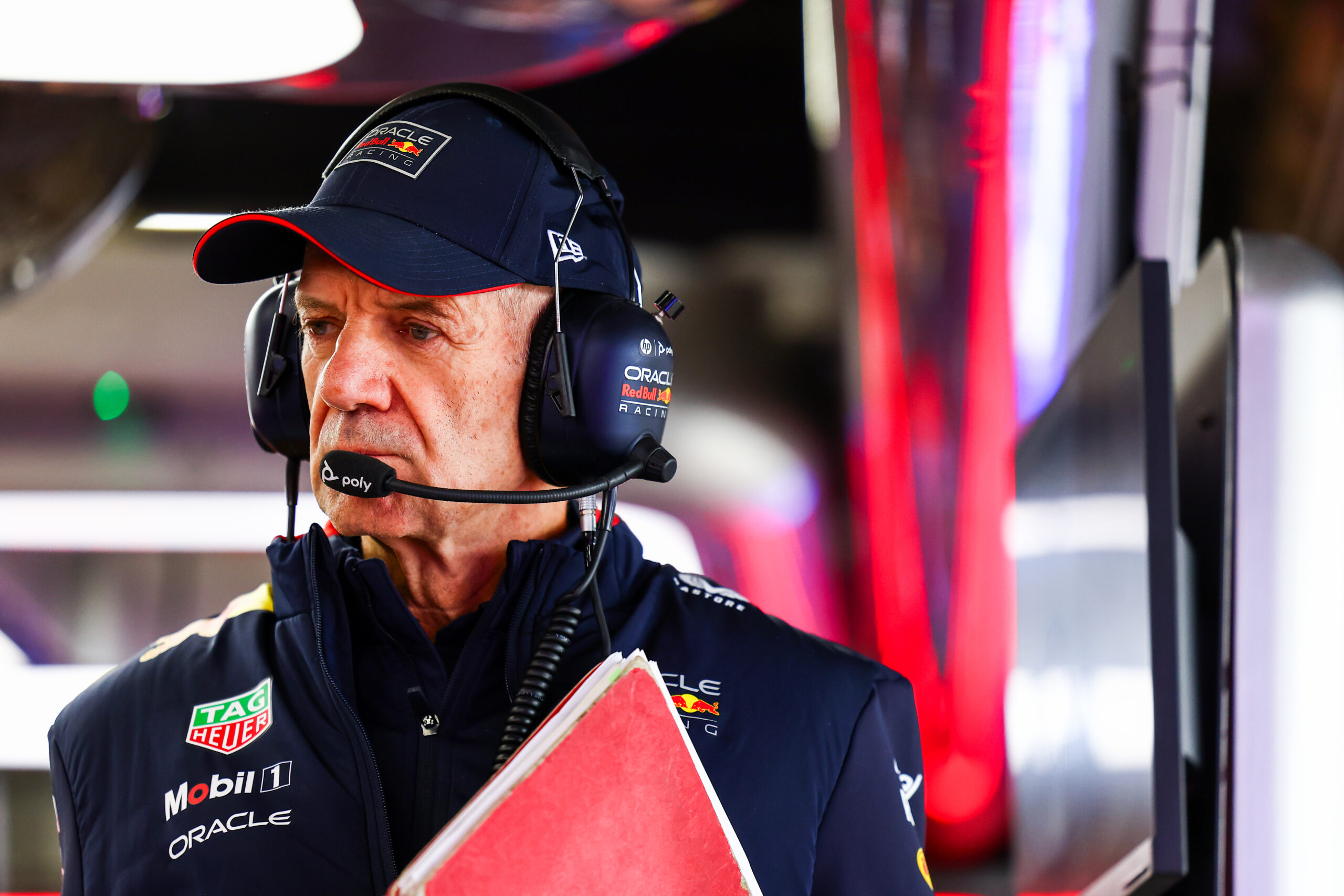
It’s just the greenhouse. The rest of the car looks lovely. And that interior is superb. It would have taken nothing more than an eraser and a sharp pencil to ensure that those projected 50 cars were sold many times over.